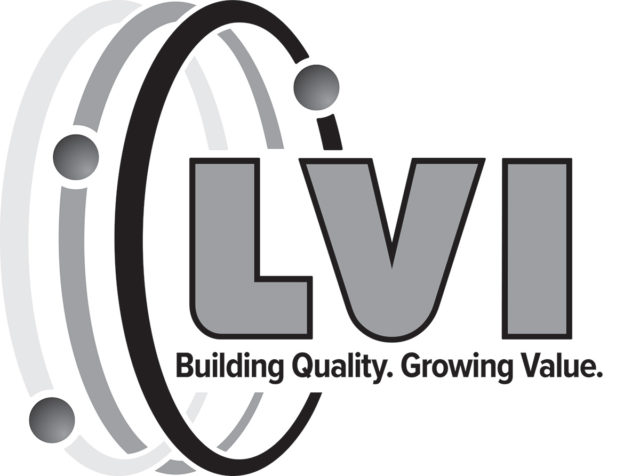To read this article in French, click here.
It is that time of year again. Time for barbeques, swimming pools and relaxing in the shade with your favourite ice-cold beverage. But for many who work outside in the summer heat, their reality is very different.
Canada is known for its intense winters, but we also have several weeks each year of intense, very humid summer heat. It is important that during these times you protect yourself from the penetrating sun and watch out for symptoms of heat-related illnesses before it becomes a serious health concern.
Plan ahead
Before heading out for the day, check your local forecast for the temperature, heat index and UV index.
Wear light clothing that is breathable, if possible. Ensure you wear a hat to prevent direct exposure to the sun. Apply sunscreen and remember to reapply it every couple of hours throughout the day. Cover as much skin as possible to help reduce the risk of sunburn.
If possible, plan to do the more strenuous tasks earlier or later in the day when the heat and humidity isn’t at its highest.
Make sure you bring plenty to eat and a lot of cool fluids to keep your body nourished and hydrated throughout the day.
Heat acclimatization
Most outdoor fatalities occur in the first few days of working in warm or hot environments because the body needs to build a tolerance to the heat gradually over time. The process of building tolerance is called heat acclimatization. Lack of acclimatization represents a major risk factor for fatal outcomes.
Heat acclimatization is the improvement in heat tolerance by gradually increasing the intensity and duration of work performed in the heat. It is best to get acclimatized over the course of one to two weeks.
Most workers should be able to safely handle a full workload after four days of gradual increase, even though they will usually not be fully acclimatized yet. Most people will continue to see beneficial improvements in heat tolerance for up to two weeks after exposure starts.
Remember, pushing to the point of heat exhaustion will hurt, not help, your heat tolerance.
Hydration is key
One of the most important things you can do to prevent heat illnesses is staying hydrated. You must hydrate before, during and after work. If you go to work hydrated, it will be easier to stay hydrated throughout the day. Make sure you take time to drink throughout the workday, even if you do not feel thirsty. It is recommended that you drink 8 ounces (250 mL) every 15 to 20 minutes. Drinking smaller amounts more frequently is more effective than drinking large volumes at one time. When you are done for the day, continue to hydrate. It will take several hours for your body to replace the fluids lost throughout the busy workday.
Heat illness
Heat illness can happen quickly, so it is important to recognize the symptoms, stop working, find someplace cool and hydrate as soon as possible. There are varying degrees of heat illness ranging from mild to severe to even fatal (see Table 1).

When working outside in the heat, remember to listen to your body for any heat illness symptoms. Always stay hydrated, eat snacks and small meals and take regular rest breaks. When possible, take your breaks in a cooler location to get a rest from the heat and humidity. If you start to feel ill, notify your manager or a co-worker, get to a cool place and rehydrate. Get medical assistance if the symptoms do not pass quickly.
Heat illness is serious! Ensure you plan ahead and take safety measures when exposed to the intense summer conditions for long periods of time.










